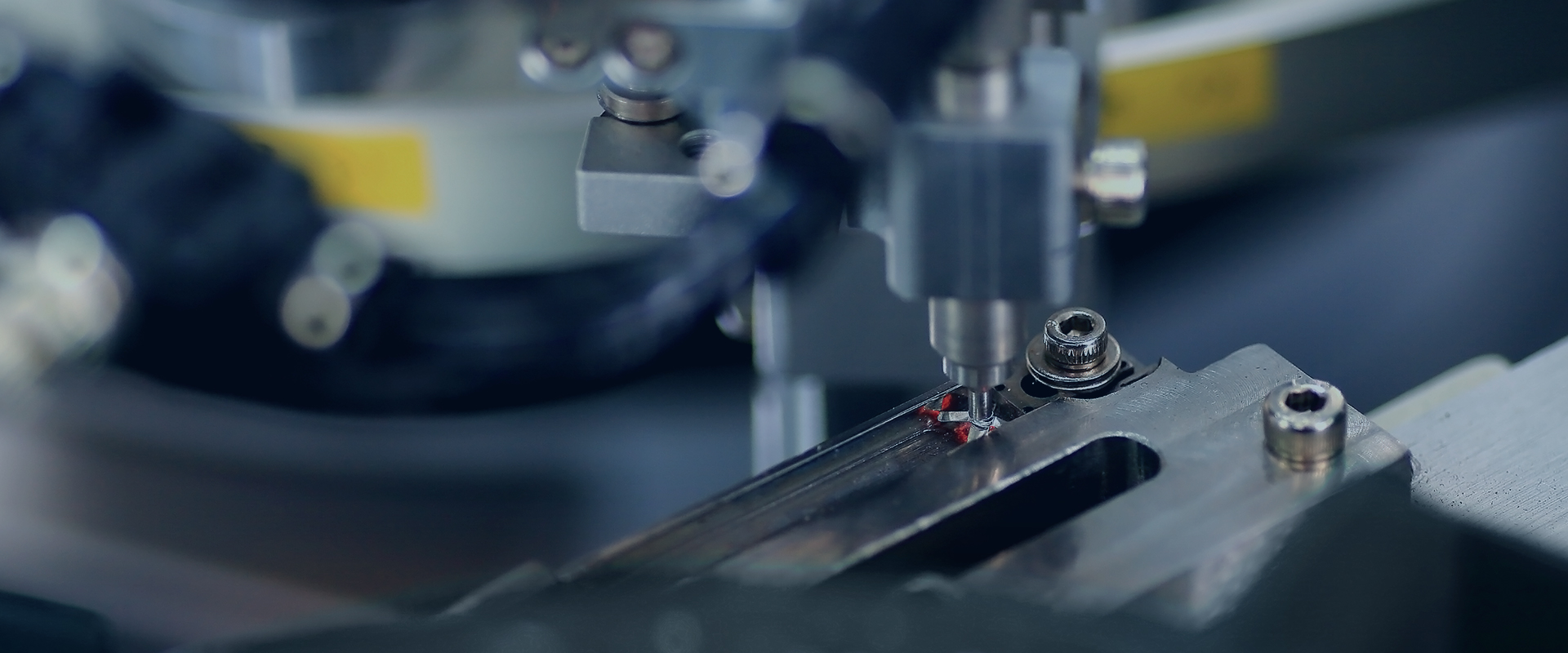A motor thermal protector is a safety device designed to prevent electric motors from overheating and suffering damage due to excessive heat. It operates by monitoring the temperature of the motor's windings or housing and disconnecting the power supply when the temperature exceeds a safe threshold. This ensures the motor is protected from potential damage caused by overcurrent, mechanical overload, or environmental conditions.
Key Features of a Motor Thermal Protector
1.Temperature Monitoring:
The protector detects abnormal rises in motor temperature.
2.Automatic or Manual Reset:
Some models automatically reset once the temperature cools down, while others require manual intervention.
3.Compact and Durable:
Designed to be small and robust to fit within the motor assembly.
4.Wide Compatibility:
Can be used with various motor types, such as AC, DC, and induction motors.
How It Works
1.Normal Operation:
The thermal protector remains closed (allowing current to flow) during normal operating conditions.
2.Overheating Detection:
If the motor temperature rises above the predefined threshold, the protector's internal mechanism activates.
Bimetallic Strips: Bend due to thermal expansion, opening the circuit.
PTC Thermistors: Increase resistance sharply, limiting current flow.
3.Power Interruption:
The thermal protector disconnects the motor from the power supply, stopping its operation.
4.Reset Mechanism:
Automatic Reset: Once the motor cools down, the thermal protector reconnects the circuit.
Manual Reset: Requires user intervention to reset the device after cooling.
Causes of Overheating in Motors
· Overloading: Excessive mechanical load increases current flow and generates heat.
· Overvoltage or Undervoltage: Creates inefficient operation, leading to heat buildup.
· Environmental Conditions: High ambient temperatures or poor ventilation.
· Bearing Failure: Increased friction generates excessive heat.
Applications of Motor Thermal Protectors
· Industrial Motors: Protect motors used in heavy machinery, compressors, and pumps.
· HVAC Systems: Ensure safe operation of fans and blowers.
· Electric Vehicles: Safeguard traction motors from thermal damage.
· Home Appliances: Prevent overheating in washing machines, refrigerators, and air conditioners.
Advantages
1. Prevents Motor Damage:
o Protects windings and components from thermal stress.
2. Increases Motor Lifespan:
o Reduces wear and tear caused by overheating.
3. Enhances Safety:
o Minimizes risks of fire and electrical hazards.
4. Cost-Effective:
o Reduces downtime and repair costs.
Common Types of Motor Thermal Protectors
1. Built-in Thermal Protectors:
o Installed directly within the motor housing.
2. External Thermal Protectors:
o Mounted externally and connected to the motor’s wiring.
3. Thermal Overload Relays:
o Used in combination with motor control systems to protect against both thermal and electrical overloads.
Motor thermal protectors are essential for ensuring the safe and reliable operation of motors across various applications. They are a critical component in modern motor designs, combining safety and efficiency.













 中文
中文 English
English Deutsch
Deutsch Italiano
Italiano 한국어
한국어 にほんご
にほんご


